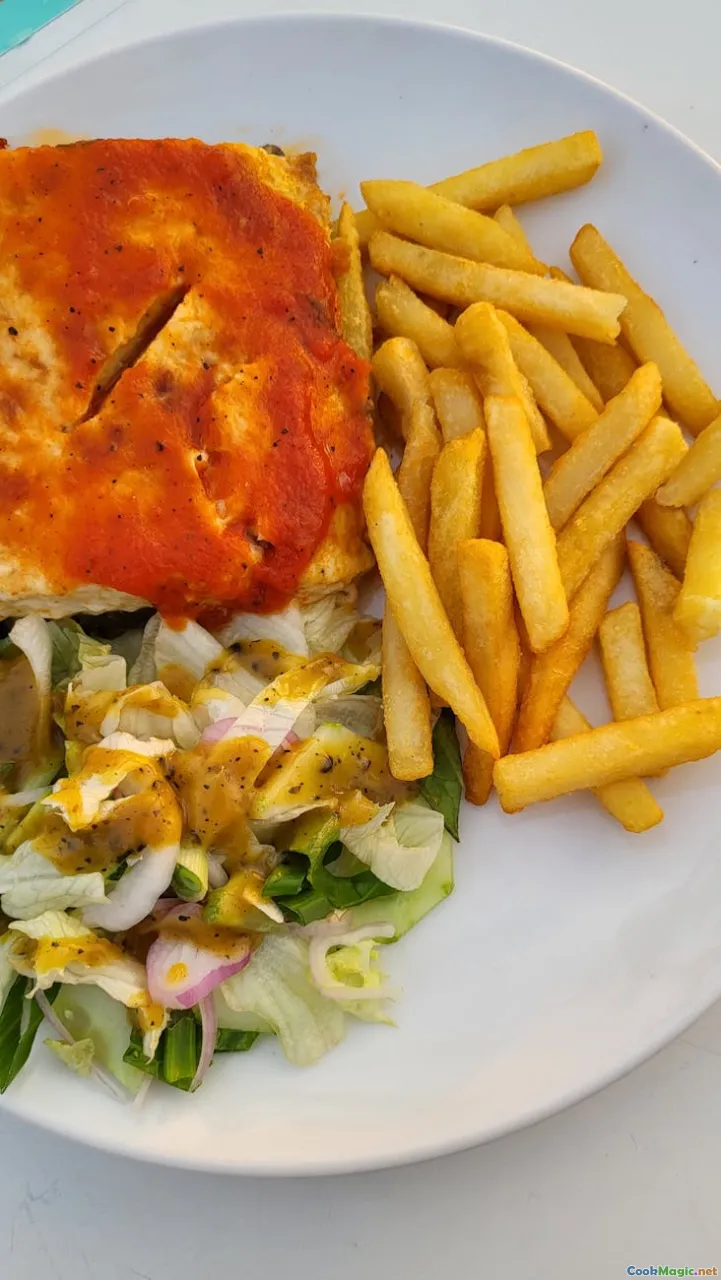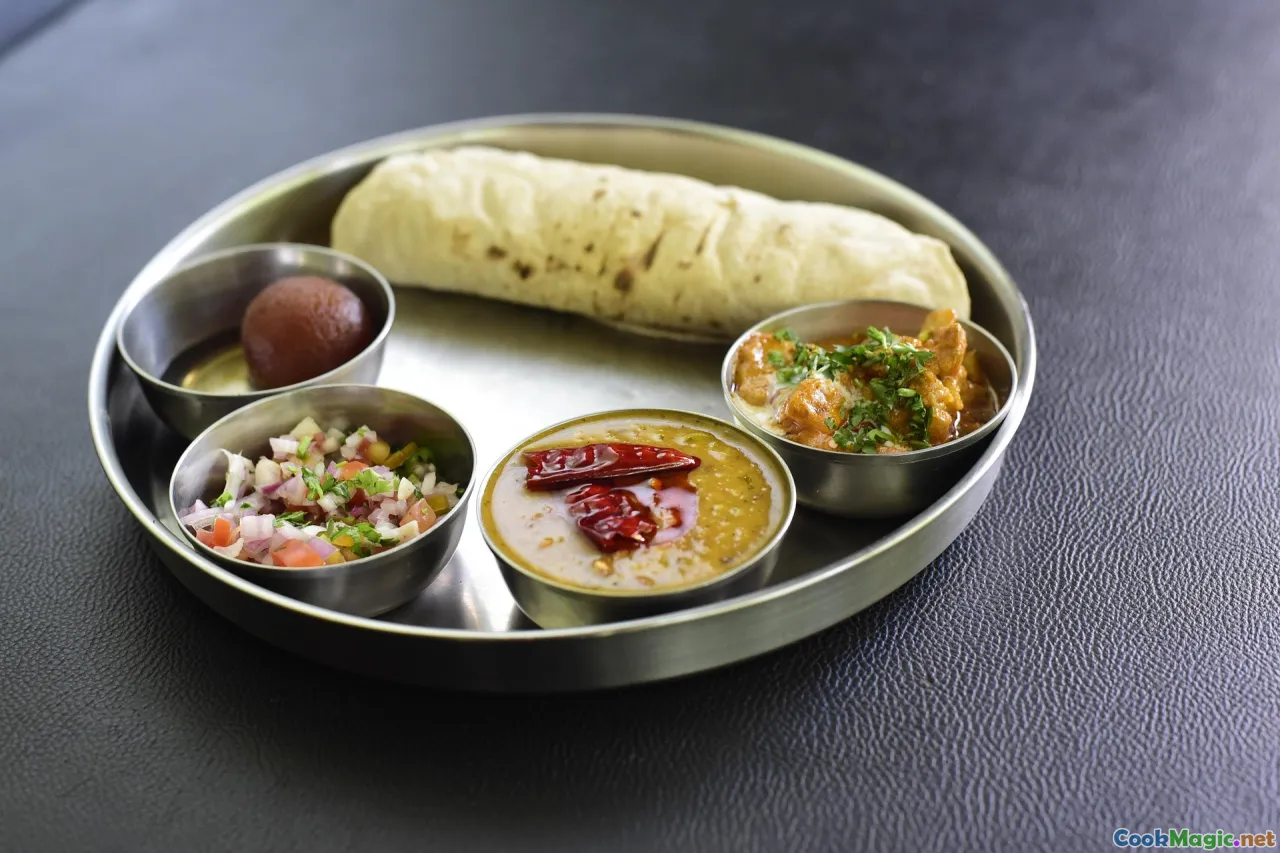Street Foods of Guyana A Tasting Tour
12 min read Explore the vibrant and flavorsome street foods of Guyana through a guided tasting tour of its popular and authentic culinary delights. July 28, 2025 06:05
Street Foods of Guyana: A Tasting Tour
Imagine strolling through vibrant street corners shimmering with the warm Caribbean sun, where the air is thick with intoxicating aromas—spicy, sweet, smoky, and savory all mingling into a symphony for your senses. Welcome to Guyana, a melting pot of flavors, cultures, and stories etched into every street food stall that dots its lively urban corners and rural markets alike. Here, street foods are not just quick bites; they’re living narratives, handed down through generations, embodying the heart and soul of this diverse nation.
Embarking on a culinary tour through Guyana’s street foods is akin to peeling the layers of its rich history—African, Indian, Chinese, Caribbean, and Indigenous influences blending harmoniously to create a unique tapestry of taste and tradition. Each dish is a reflection of its people’s resilience, ingenuity, and love for bold, unexpected flavor pairings. From the fiery heat of pepperpots to the soothing comfort of cassava bread, this is a journey that awakens all your senses.
Prepare to explore the bustling markets of Georgetown, the roadside stalls of Linden, and the rural outposts where vendors serve up treasures you might never find elsewhere. With every bite, you'll uncover stories, cultures, and a passionate community united through their love of vibrant street cuisine.
The Rich Tapestry of Guyanese Flavors

Guyana’s culinary landscape is as diverse as its people. Coconut, cassava, plantains, beans, and fresh seafood are staples, often transformed into street foods that showcase technical ingenuity and regional flavors. The secret lies in bold spice blends—cranberry-red Annatto seeds, fiery Scotch bonnet peppers, cumin, coriander—and meticulous cooking techniques passed along like treasured heirlooms. These elements come together in dishes that are at once hearty, comforting, and exhilarating.
One of the defining features of Guyanese street food is its accessibility. It’s designed to be eaten hot and fast, perfect for the fast-paced life of urban dwellers or the leisurely pace of village life. Yet, beneath the simplicity lies complexity—a layering of textures, tastes, and aromas that make the dishes memorable.
Must-Try Street Foods in Guyana
1. Fried Bake and Saltfish Strips

Start your journey with a beloved breakfast classic: fried bake paired with saltfish. The baked dough, golden and puffy on the outside yet soft and fluffy inside, is deep-fried to achieve a crispy crust. When split open, it’s served with a savory saltfish, sautéed with onions, peppers, and garlic, transported from local waters or imported preserves. A drizzle of hot sauce adds the final fiery touch.
This combo is not merely sustenance but a ritual—sinking your teeth into the crispy, chewy exterior, then diving into the tender, flavorful fish. It’s the perfect illustration of Guyana’s culinary ingenuity: simple ingredients elevated by skill and passion.
2. Pepperpot

While traditionally a festival dish, pepperpot is also a popular street side offering during the festive seasons but available year-round in many parts of Georgetown. This rich, spicy stew melds cured meat (usually beef or pork) with cassareep—a dark, syrupy extract from cassava roots—creating a thick, aromatic sauce brimming with warmth.
The slow-cooking process unlocks intense flavors and tenderizes the meat, while the Scotch bonnet peppers give it a distinctive fiery kick. Served with warm bread or cassava bread, pepperpot is not just food; it’s a celebration of Guyana’s past—a legacy of enslaved Africans and Indigenous traditions blended into one pot.
3. Doubles

Perhaps Guyana’s most globally recognized street food, doubles originate from the Indian community, yet have become a quintessential element of the national culinary identity. These are small, soft flatbreads (bara) filled with tender, spicy chickpea curry (curried channa). The concoction is topped with tamarind sauce, fiery pepper sauce, and tangy chutneys.
Vendors work swiftly, assembling these warm, fragrant snacks at lightning speed—each bite delivering a burst of flavor, heat, and comforting spice. It's an energetic, lively experience—usually shared among friends or enjoyed on a quick lunch break—culturally a testament to Guyana’s Indian diaspora.
4. Carima (Cassava Donuts)

Sweet and crunchy, Carima are deep-fried discs made from grated cassava, infused with sugar and sometimes coconut. They are often sold by street vendors in the bustling markets or along roadside stalls, arranged in colorful piles that beckon passersby.
The exterior offers a crispy, caramelized texture, while the interior remains tender and subtly sweet. Their fragrant aroma mingles with roasting spices, creating an irresistible lure for those passing by, enriching the sensory experience of the journey.
5. Roasted Fish and Plantains

In coastal regions and river villages, open-air grills serve up freshly caught fish—marinated with local herbs, lime, and scotch bonnet peppers—then roasted over wood embers. Accompanying it are grilled plantains with caramelized edges, sprinkled with sea salt.
The smoky aroma from the grill is the signature scent of this street dish, promising tender, flavorful fish with crispy skin, contrasted by the sweet, smoky plantains. It’s a street food that embodies the seafood-rich heart of Guyana’s coastal life.
The Cultural Significance of Street Food

In Guyana, street food is more than sustenance—it’s a living expression of its cultural mosaic. Markets such as Stabroek Market in Georgetown buzz with vendors representing every community—each serving dishes rooted in their heritage, yet adapted for a diverse palate. Here, the vibrant pushcarts and roadside stalls are communal spaces where stories are exchanged and identities celebrated.
Street foods also have a historical resonance, with dishes like pepperpot originating from Indigenous and African influences and doubles reflecting Indian migration. Eating these dishes connects locals and visitors alike to the stories of resilience, ingenuity, and cultural integration that define Guyana.
Insider Tips for Your Tastings
- Timing is key: Many dishes are freshest and most flavorful when served hot, so try to visit early or during peak hours.
- Ask locals for their favorites: Personal stories often reveal hidden gems and lesser-known specialties.
- Bring cash: Street vendors usually do not accept cards, and small change makes transactions smoother.
- Embrace the mess: Many street foods are messy but worth it—don’t shy away from squeezing, drizzling, or biting into flavors hungrily.
- Stay respectful: Observe local customs, whether it’s sharing a meal or waiting patiently for your turn.
Walking Through Guyana’s Flavorful Streets—My Personal Encounters
As a culinary explorer, few experiences compare to wandering the bustling backstreets of Georgetown, where vendors shout out their specialties amid the honks of minibuses and the rhythmic beat of dancehall music. I recall a pivotal moment standing at a humble stall, while the bao-like dumplings of doubles were swiftly assembled—smoky, spicy, and utterly addictive. The vendor, a cheerful man of Indian descent, shared stories of how doubles originally came from Mumbai but had become uniquely Guyanese.
Venturing into an African-inspired food truck, I tasted a pepperpot stew that simmered for days, perfumed with cassareep, as children played nearby. Each dish opened a door into Guyana’s complex history—a testament to its resilient spirit and diverse flavors.
The more I tasted, the more I appreciated how every scoop, morsel, or sip carries the weight of centuries of migration, adaptation, and community bonding. That’s the magic of Guyana’s street foods—a living passport to the nation’s heart.
Sharing the Feast, Embracing the Heritage
Tasting Guyana’s street foods is a communal act—each shared plate, each story told through a mouthful. Whether sipping sugarcane juice straight from the vendor or digging into deeply spiced fried fish, your senses are invited into a vibrant tapestry of tradition and change.
Travelers leaving Guyana often carry home more than souvenirs—they carry a taste for its bold, soulful cuisine. It’s a reminder that food, in its purest form, is a universal language of love, resilience, and cultural pride—a continual story unfolding street by street, plate by plate.
Embark on this flavorful journey soon, and discover for yourself how Guyana’s street foods are not just snacks—they are the beating heart of its cultural landscape, inviting everyone to taste, celebrate, and connect.









